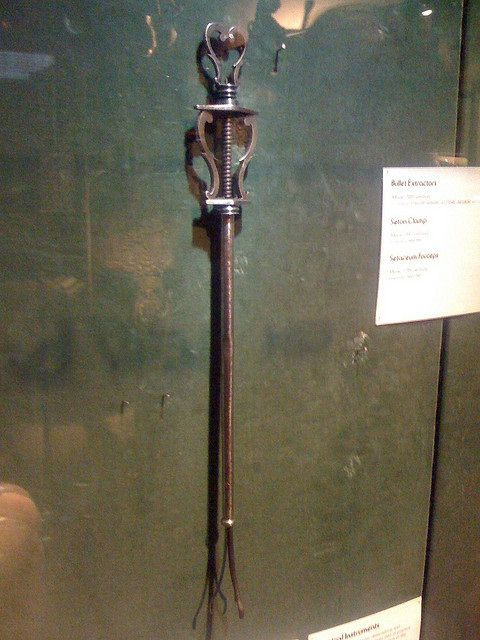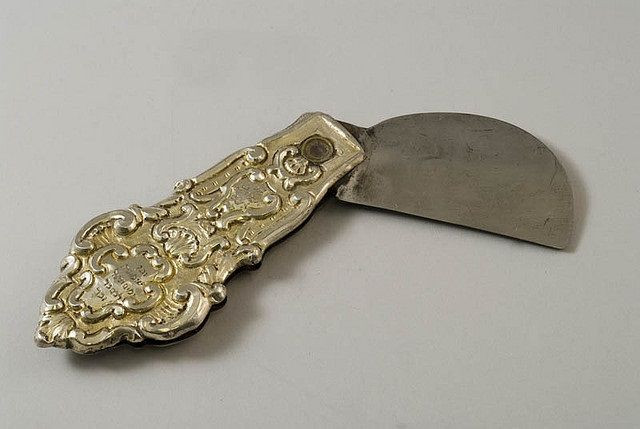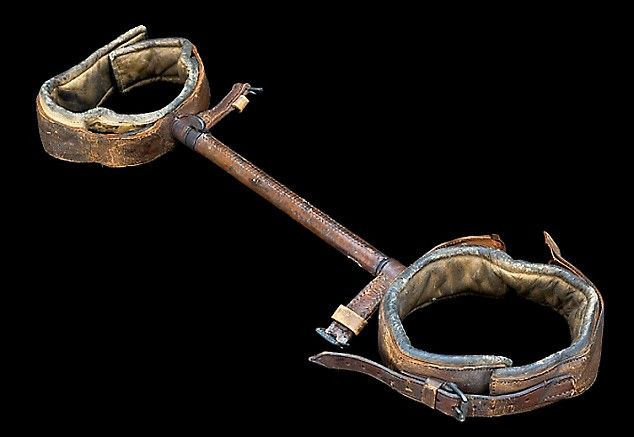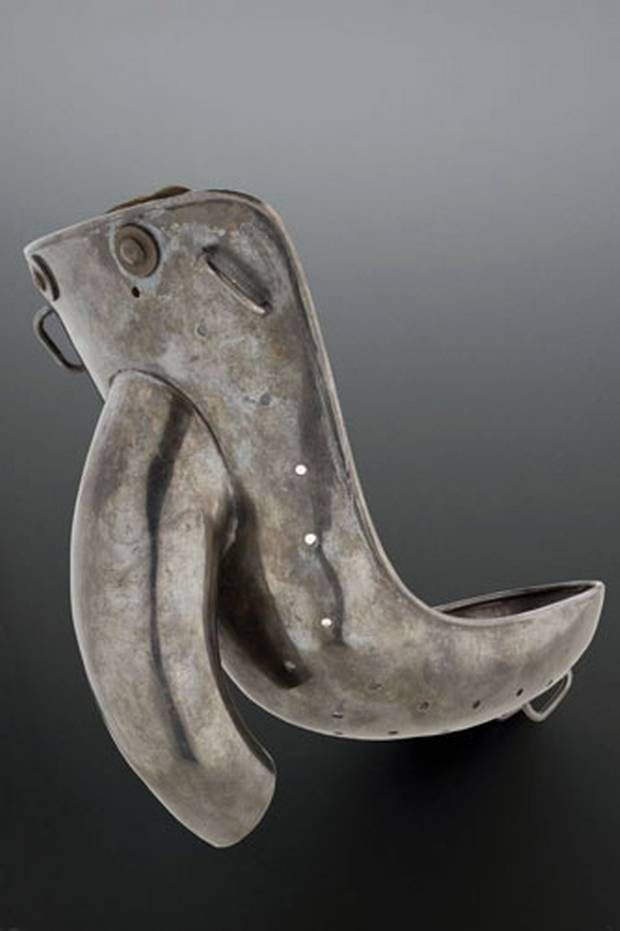7 Weird Medical Instruments From Human History: From Bullet Extractors To Ivory Enema Syringes
Technology is always changing, especially when it comes to medicine. Researchers and scientists are constantly developing new ways to combat severe illnesses and everyday health issues. And as history will tell you, these devices have become crucial in determining how certain diseases are diagnosed. None of these devices are used anymore and thankfully so, as many of these procedures were done without the help of anesthesia. As you can imagine, patients suffered great physical traumas and were sometimes permanently maimed after doctors used them.
1. Bullet Extractor

It was used in the 1500s to do exactly what its name implies — extract bullets. Doctors would inset the metal head into a person’s body and then the middle part would be lengthened to pierce the bullet. The doctor would then pull the entire instrument out of the patient’s body. These types of instruments only achieved popularity as firearms became more and more sophisticated, The Independent reported.
2. Circumcision Knife

This particular device was used by Jewish men to perform circumcisions on newborn boys. According to the Center For Jewish History, this knife is ceremonial and was created around 1620.
3. Jedi Helmets

In the 1980’s these helmets were used along with MRI scanners. They added the word "jedi" to the device so that children would be more inclined to wear them. It was created by Ian Young at the Hammersmith Hospital.
4. Ivory Enema Syringe

Used in the 18th century by Sri Lankan king, Keerthi Sri Rajasinghe, this instrument was used as part of his Ayurvedic practice. “A range of medicated oils, herbal concoctions and other fluids can be introduced into the body, via the anus, to help restore balance – as well as healing specific ailments,” according to the Science Museum.
5. Urethral Dilator

This was used to dilate the urethra when it became clogged or blocked. It was often the case when someone was suffering from gonorrhea. The device was likely painful to insert, but the procedure was done under local anesthetic.
6. Lithotomy Crutch

When patients suffered from bladder stones, the only way to remove them was through surgery. Doctors put patients' ankles in these cuffs and placed their ankles by their ears. The stones would then be removed using an elongated device.
7. Anti-Masturbation Device

Developed by Swiss doctor, Samuel Auguste Tissot, this was used to prevent males from masturbation because he claimed that it robbed the body of sperm. This device was strapped around the waist and worn underneath clothes.
Published by Medicaldaily.com



























